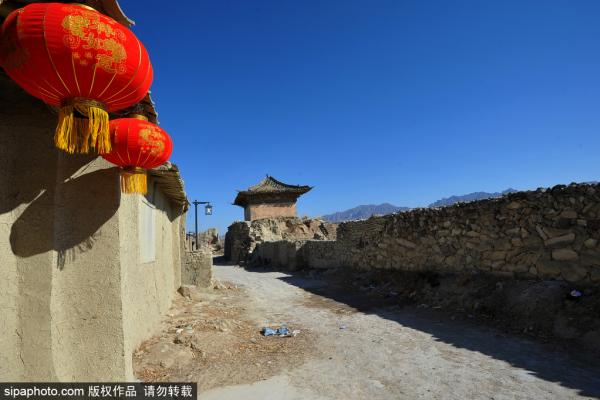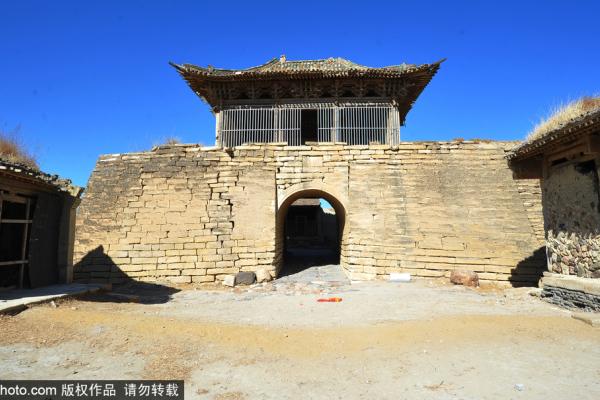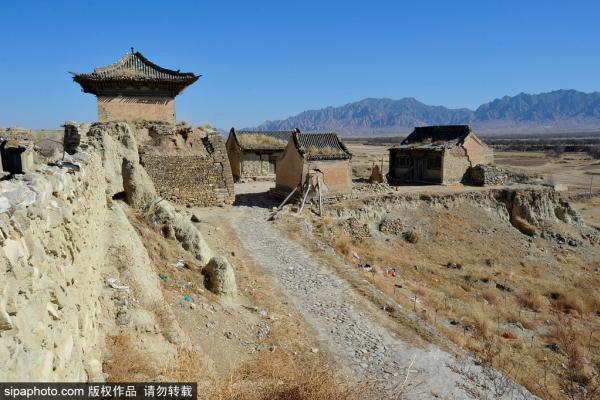Kaiyang Fortress
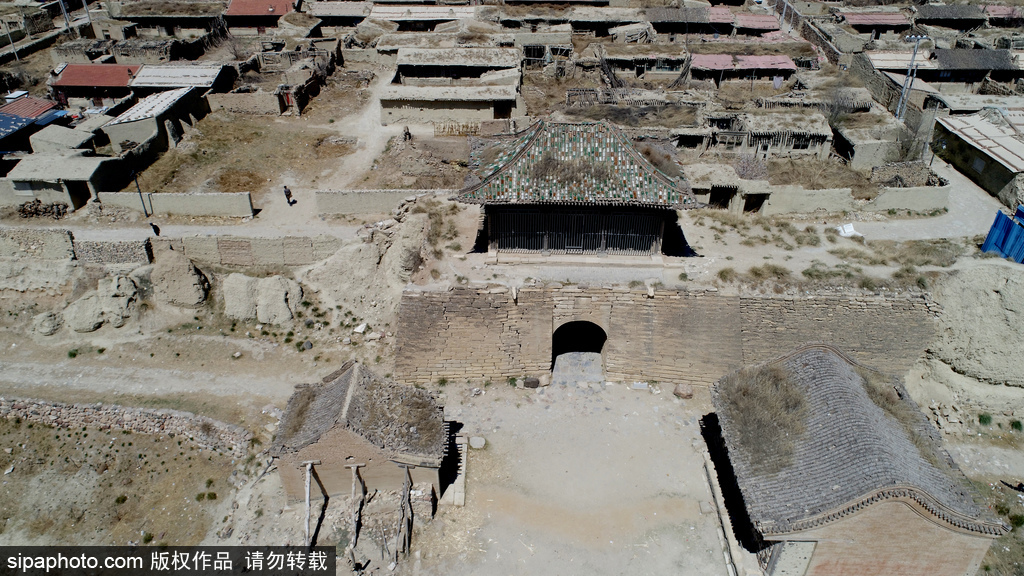
-
Tel:
(0313)7382908 -
Best Time:
One day -
Opening Hours:
All the time
Description
Kaiyang Fortress
Kaiyang Fortress is located southeast of Yangyuan County in Hebei Province, now an administrative village in Futujiang Township. According to the "Historical Atlas of China," Kaiyang Fortress was once Anyang City of Dai Commandery during the Warring States period under the Zhao State.
According to relevant data, Kaiyang Fortress faces south with walls that are 350 meters long from east to west and 210 meters long from north to south. The wall base is 5-8 meters wide and about 10 meters...
Kaiyang Fortress
Kaiyang Fortress is located southeast of Yangyuan County in Hebei Province, now an administrative village in Futujiang Township. According to the "Historical Atlas of China," Kaiyang Fortress was once Anyang City of Dai Commandery during the Warring States period under the Zhao State.
According to relevant data, Kaiyang Fortress faces south with walls that are 350 meters long from east to west and 210 meters long from north to south. The wall base is 5-8 meters wide and about 10 meters high. The entire wall is constructed not with bricks or stones, but from locally sourced materials: a mixture of chalk and yellow clay compacted into solid form.
Between the river and the fortress are three mounds of earth. The middle mound resembles a turtle's head, while the two on either side resemble its legs. Kaiyang Village is built on the turtle's back, with the patterns on the back resembling the village streets. The city gate extends southward into a long earthen platform. The gradual transition area between platform and Kaiyang Fortress look like the turtle's neck. From a distance, it appears as if a giant turtle is stretching its neck to drink from the river.
Yuhuang Pavilion is the most important, magnificent, and well-preserved ancient building within Kaiyang Fortress. The pavilion spans three rooms in width and stands over 20 feet tall, featuring a single-eave hip-and-gable roof. The four eaves are exquisitely crafted, with intact ridge animals on the corner ridges.
Above the arched gate, there is a plaque with the characters "Kaiyang Fortress" engraved in double-stroke calligraphy. The fortress gate, built with blue bricks and stone slabs, is grand, imposing, and seemingly indestructible.
It is built on the fortress's only formal gate platform, making it the highest point in Kaiyang Fortress and a more distinguished single-eave hip-and-gable roof structure.
Within Kaiyang Fortress, there is a well-preserved ancient opera stage. The stage is about two feet high, with a blue brick floor and wooden pillars supporting the roof corners. The pillar bases are intricately carved.
Experts believe that Kaiyang Fortress's most valuable aspect is its preservation of the overall appearance of the ancient city, providing precious physical data for studying Tang Dynasty architecture.
Kaiyang Fortress is a protected cultural relic in Hebei Province, a traditional Chinese village, and a village of Chinese historical and cultural significance. These titles are due to its uniqueness and historical importance.
As we quietly walked through the village, we were careful not to disturb its tranquility. In the swift passage of time, we too are just passing travelers, leaving no trace behind.
Gallery
Latest News
Do You Know
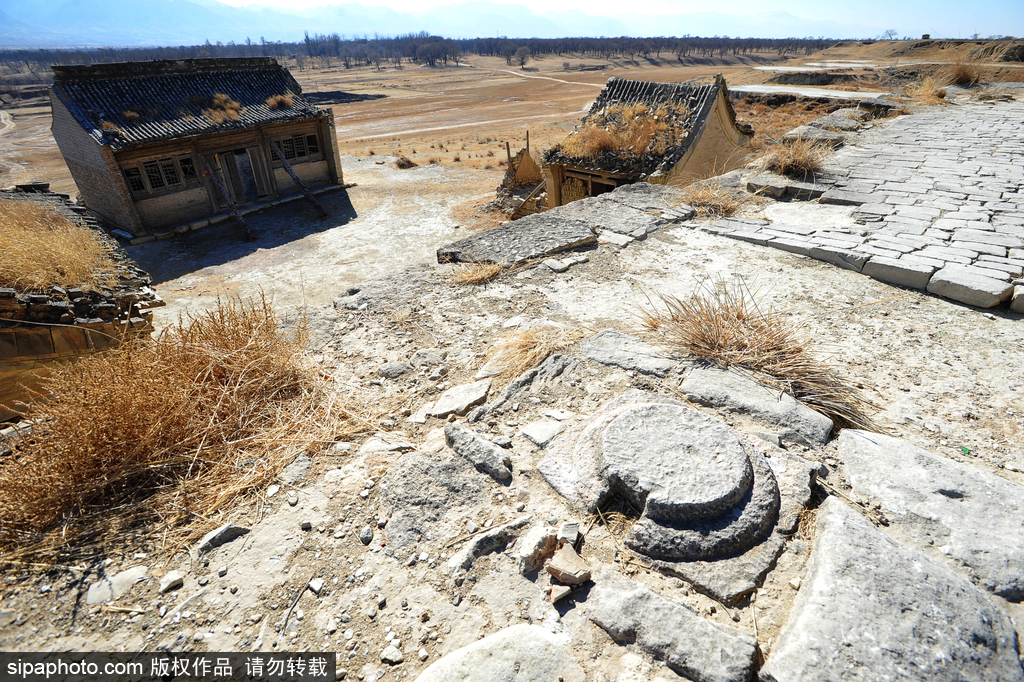
Civilized tour
Kaiyang Fortress is an untouched ancient village. Neither the government nor private enterprises have developed it for tourism. The village is small, with no restaurants or cafes. Visitors are advised to bring their own food and drinks.
